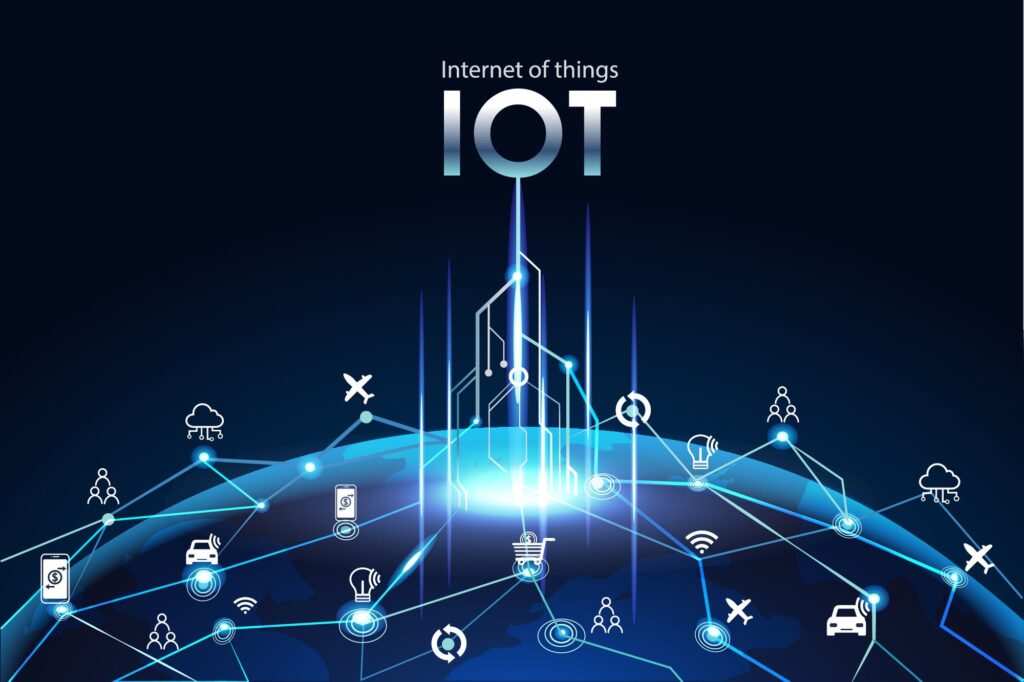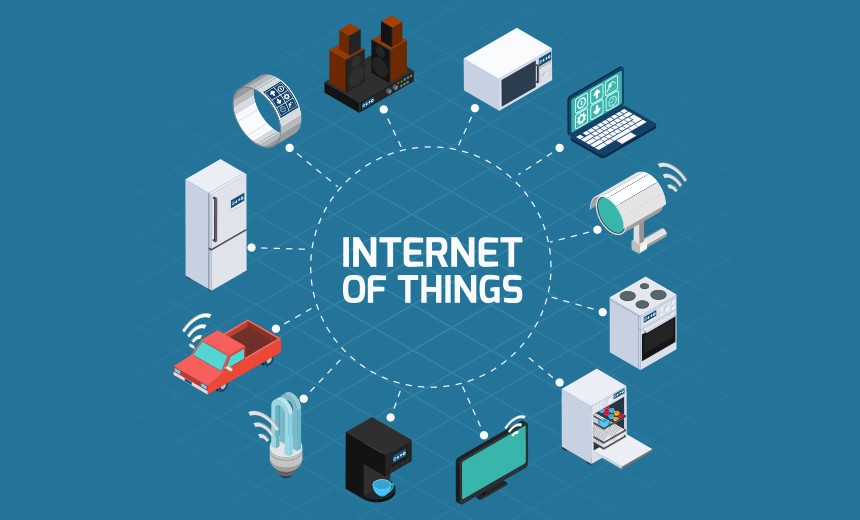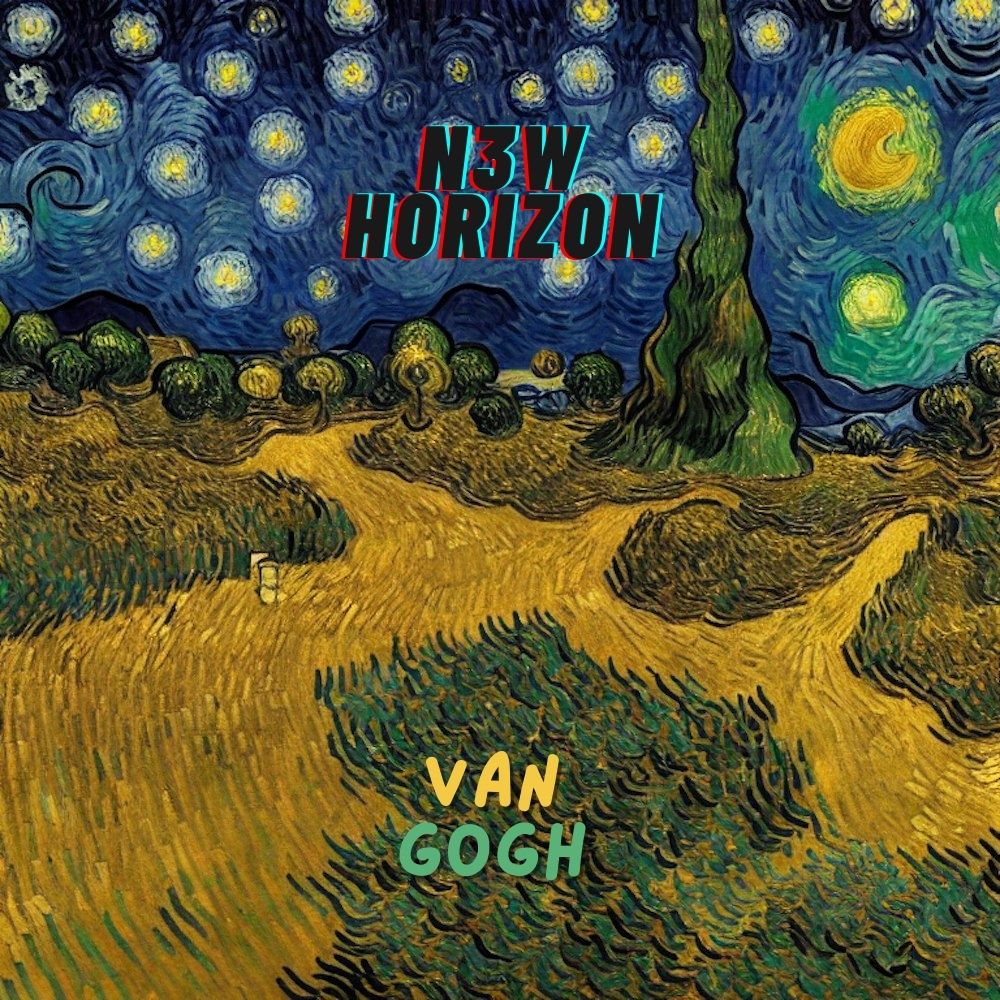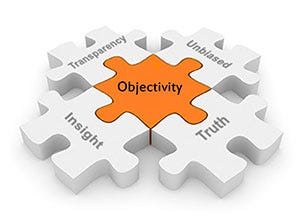The Internet of Things (IoT) refers to the vast network of physical devices, vehicles, appliances, and other objects embedded with sensors, software, and connectivity that enables them to collect, exchange, and act on data over the internet.
From smart home devices to industrial machinery, IoT is transforming the way we live, work, and interact with the world around us.
What started as an intriguing concept has rapidly evolved into a cornerstone of modern innovation, and its influence continues to grow across sectors.
In this blog post, we will explore the Internet of Things, its potential future, and the latest innovations shaping its development, supported by recent studies and emerging technologies.
1. What Is the Internet of Things?

At its core, the Internet of Things connects objects to the internet, allowing them to communicate with each other and perform automated tasks.
Devices such as smart thermostats, wearable health trackers, connected cars, and even smart cities rely on IoT to gather real-time data and optimize their functionality.
Through IoT, these devices not only operate independently but also share data, offering deeper insights and improving efficiency across industries.
A 2022 study by McKinsey & Company estimated that there are currently more than 15 billion IoT devices worldwide, and by 2030, that number could rise to 75 billion.
The report emphasized that IoT has enormous economic potential, estimating its global economic impact could reach up to $12.6 trillion by 2030.
2. How IoT Is Changing the Present
The IoT is revolutionizing several industries, including:
- Healthcare: IoT is transforming patient care with wearable devices that monitor vital signs in real-time, reducing the need for frequent doctor visits.
IoT can assist in tracking medication adherence, monitoring chronic conditions, and alerting doctors in emergency situations.
According to a 2021 report by MarketsandMarkets, the healthcare IoT market is projected to grow from $72.5 billion in 2020 to $188 billion by 2026. - Agriculture: Farmers are using smart sensors in fields to monitor soil conditions, weather patterns, and crop health, leading to more efficient water usage and higher crop yields.
These systems, often referred to as “precision agriculture,” allow for greater sustainability in food production. - Manufacturing: Factories are becoming “smart” through the use of connected machines that predict maintenance needs, reduce downtime, and automate workflows.
This is known as Industry 4.0, a term representing the fourth industrial revolution, driven largely by IoT. - Smart Cities: Cities are adopting IoT for traffic management, reducing energy consumption, and improving waste collection.
For example, Barcelona and Singapore are leading the way in IoT-enabled smart city initiatives, with real-time data analytics providing actionable insights to enhance urban living.
3. The Future of IoT: Where Are We Headed?
The future of IoT promises to expand its influence even further, with some key trends emerging:
- 5G Connectivity: The rollout of 5G networks is a game-changer for IoT. With faster speeds, lower latency, and the ability to connect more devices simultaneously, 5G will enable IoT to operate in real time at a massive scale.
This is critical for sectors like autonomous vehicles, robotics, and telemedicine, where split-second communication can make all the difference. - AI and Machine Learning Integration: By integrating artificial intelligence (AI) and machine learning (ML), IoT systems can not only gather data but analyze and act on it autonomously. AIoT (Artificial Intelligence of Things) is already making strides in predictive maintenance, smart retail, and personalized healthcare.
A 2023 study by Gartner predicts that by 2025, more than 75% of IoT-enabled devices will leverage AI for predictive analytics. - Edge Computing: The growth of IoT will push data processing to the edge, meaning that data will be processed closer to where it’s generated, reducing latency and bandwidth costs.
This approach will make IoT more efficient, particularly in autonomous systems like self-driving cars or smart energy grids, which require real-time decision-making. - Sustainability and Energy Efficiency: As IoT continues to evolve, there is a growing focus on reducing energy consumption.
According to a 2022 report by Deloitte, innovations in IoT are expected to reduce global carbon emissions by 7% by 2030 through smarter energy use in industries, transportation, and urban infrastructure. - Security and Privacy Concerns: As IoT grows, so do concerns over data security and privacy.
With billions of devices connected to the internet, ensuring the safety of personal data has become paramount.
A 2022 study by Kaspersky found that 1.5 billion IoT devices were compromised in the first half of 2021, illustrating the need for stronger cybersecurity measures as IoT expands.
4. Latest Innovations in IoT
The cutting edge of IoT is already producing remarkable innovations, some of which include:
- IoT in Space: Space agencies are using IoT technology to monitor spacecraft, satellites, and even planetary conditions in real time.
NASA has been exploring the use of IoT to enable better communication between astronauts and Earth, improving the safety and efficiency of space missions. - Smart Implants: In the medical field, smart implants are emerging as a major innovation. These devices, implanted in patients, can monitor vital signs, deliver medications, and even provide data on the effectiveness of treatments, all in real time. A 2023 study published in Nature highlighted the success of such implants in diabetes management, allowing for real-time insulin adjustments.
- IoT in Fashion: In a surprising twist, the fashion industry is adopting IoT to create smart clothing.
Brands are designing garments embedded with sensors that can monitor health, adapt to weather conditions, or even provide augmented reality (AR) experiences. - Swarm Intelligence: IoT combined with swarm intelligence, inspired by the collective behavior of animals like ants or bees, is being applied to autonomous drone fleets, robots, and other systems that can work together without centralized control.
This technology is revolutionizing logistics, disaster response, and even environmental monitoring.
5. Challenges and Opportunities
While IoT presents incredible opportunities, there are challenges that need to be addressed for its full potential to be realized.
- Interoperability: With countless devices being developed by different manufacturers, ensuring that they can communicate and work together smoothly remains a key issue.
- Data Overload: The massive volume of data generated by IoT devices creates the challenge of data management.
Companies need to invest in storage and processing technologies to harness the value of IoT data effectively. - Ethical Considerations: As IoT becomes more pervasive, it raises ethical questions about surveillance, consent, and the use of personal data. Ensuring that IoT technologies respect user privacy and data ownership is critical to their sustainable adoption.
Conclusion: Embracing the IoT Future
The Internet of Things is reshaping the world in ways we could never have imagined just a decade ago.
From healthcare and agriculture to smart cities and autonomous systems, IoT has the power to improve lives, enhance productivity, and create a more sustainable future.
However, it also brings challenges that must be addressed, particularly regarding privacy, security, and data management.
As new innovations like 5G, AI, and edge computing continue to emerge, the potential of IoT will only grow.
The key for individuals, businesses, and governments alike will be to stay informed, adopt these technologies thoughtfully, and ensure they are used for the greater good of society.



















